What is veganism?
Simply put, veganism is a compassionate philosophy and lifestyle that prioritizes animal welfare, the environment and personal health.
Although veganism is quite widespread, the essence of what it means to be vegan is sometimes unclear. Even among some vegans!
This blog post is the first of a series where I will give you a 360º view of what is veganism.
First, I will explain the basics of veganism, including some facts, its definition and reasons to go vegan.
Then, I will talk about the different types of vegan diets, including what vegans eat and what they don’t eat.
Lastly, we are going to look at the vegan lifestyle, including what vegans wear and what they avoid wearing.
Hopefully, by the end of this post, you will understand what it is to be a true vegan.
In future posts of this series, I will cover:
- How to go Vegan
- Vegan Health and Nutrition
- Tips on how to adapt to a vegan diet and lifestyle
- Tools and resources for living a vegan lifestyle
Let’s get started!
CONTENT
Introduction
Basics of Veganism
Vegan Diet
- What foods vegans don’t eat (or avoid)
- What vegans eat
- Food products to watch out
- Types of vegan diets
- Is a vegan diet healthy?
Vegan Lifestyle
- What clothing and accessories do vegans avoid?
- Veganism and entertainment
- Is a vegan diet an ethical diet?
My story
INTRODUCTION
A FEW WORDS TO THOSE WISHING TO TRANSITION TO A VEGAN DIET
Before we dive into the world of veganism, I would like to call attention to the fact that a successful transition to a vegan diet and vegan lifestyle is better accomplished when accompanied by appropriate information, determination and a conducive mindset.
Let me alert to some simple facts:
– Following a vegan diet and being vegan is not necessarily the same thing;
– Depending on the food choices, a vegan diet may or may not be healthy.
– Mindset is fundamental in transitioning to a vegan diet.
BASICS OF VEGANISM
WHAT IS VEGANISM?
According to UK’s The Vegan Society, veganism is defined as,
“Veganism is a philosophy and way of living which seeks to exclude—as far as is possible and practicable—all forms of exploitation of, and cruelty to, animals for food, clothing or any other purpose; and by extension, promotes the development and use of animal-free alternatives for the benefit of animals, humans and the environment. In dietary terms, it denotes the practice of dispensing with all products derived wholly or partly from animals.”
In practice, veganism is a compassionate and ethical lifestyle.
WHY GO VEGAN?
As the above definition of veganism makes clear, there are three main reasons to go vegan: (1) animals, (2) health, and (3) the environment.
My objective here is not to persuade but to elucidate, thus, I will briefly explain the three reasons to go vegan and later in this post, I will suggest additional material for the reader to explore and come to their conclusions and decisions.
First, let us look at animals.
It is no longer news the way the food industry treats animals. We are talking about not only the meat industry in general (cattle, poultry, swine, dairy) but also the clothing industry, cosmetics, to name a few.
For animal lovers, the exposure of animal abuses and concern for their welfare is a good enough reason to go vegan.
A second reason is related to health. As demand for animal products increase, thanks to good marketing and a growing world population, so does the need for quick turnover. Cocktails of hormones and antibiotics sustain the quick-turnovers in the animal industry.
Last, but certainly not least, come the consequences of animal-farming for the environment. There is vast information out there about the problems with methane gas release, deforestation not only to raise animals but to produce food to feed them.
(If you are concerned about environmental issues and would like to help, check out my blog post How You and Me can Help Save the Planet.)
Being vegan is reflected in daily choices from food, to clothing, personal hygiene and many other aspects of life.
VEGAN DIET
WHAT FOODS VEGANS DON’T EAT (OR AVOID)
Vegans exclude all animal products and by-products from their diets, so, no meat, fish, eggs or dairy products.
Furthermore, a strict vegan also excludes several other food products due to its composition.
Below is a list of what vegans do not eat.
– RED MEAT– Cow, lamb, pork, beef, pork, veal or any other meats (including game meat), or organs
– WHITE MEAT – Chicken, turkey, goose, or any other type of poultry.
– FISH AND SEAFOOD – all types of fish, crustaceous (e.g. shrimps, lobsters), squid, octopus
– EGGS – Any types of eggs (chicken, quails, ostriches, fish-caviar)
– DAIRY – Cow milk, butter, yoghurt, cream, cheese, ice cream
– OTHER KIND OF MILK AND SUBPRODUCTS – Goat and sheep milk, cheese, yoghurt
– DAIRY SUB-PRODUCTS – Whey, lactose, casein.
– GELATINE – Except for vegetal gelatine
– HONEY – vegans don’t eat honey as it comes from bees.
OTHER FOOD PRODUCTS
Some food products may or may not be vegan-friendly, depending on their composition.
They include:
– Beer and wine
– Bread
– Candies, chewing gum and sweets
– Crisps and potato chips
– Dark chocolate
– Deep-fried foods
– French fries
– Non-dairy products
– Olive tapenade
– Pasta – some types of past contain eggs
– Pesto – Pesto includes Parmesan cheese
– Refine sugar – may be lightened using a cattle bone ingredient (bone char). Vegans use other alternatives to sweeten food and drinks.
– Roasted peanuts may contain gelatine as it helps to retain slat and spices.
– Worcestershire sauce – usually includes anchovies.
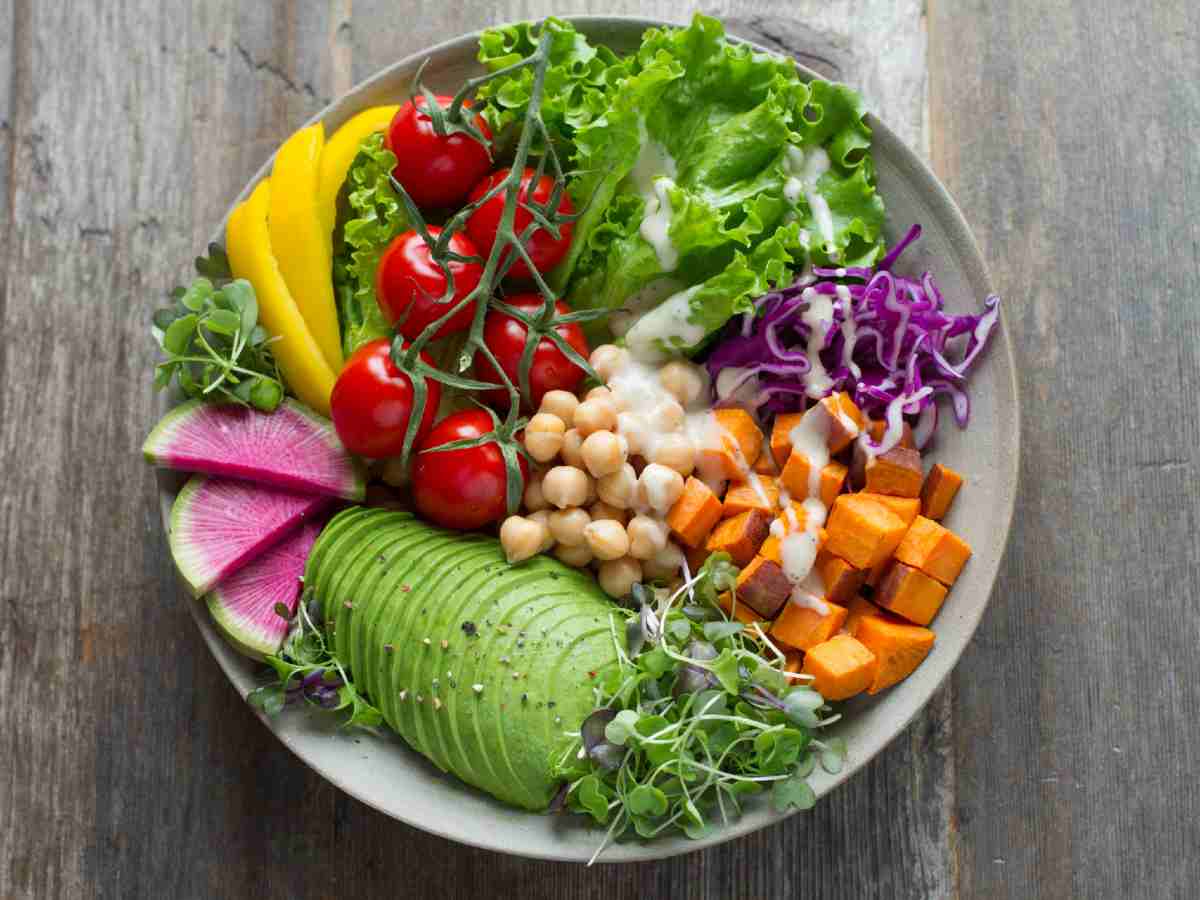
WHAT VEGANS EAT
The main food types included in a vegan diet are:
– Fruits
– Vegetables
– Tubers
– Grains
– Legumes, including all kinds of beans (black, white pinto, lupini), lentils (green, red, brown), pulses, chickpeas
– Nuts
– Seeds
– Soya and soya products: Tofu, Tempeh
– Vegetable kinds of milk
– Flour and bread
FOOD PRODUCTS TO WATCH OUT
– Bee products – such as beeswax or royal jelly, often found in beauty products.
– Lanolin – found in many cosmetics, as it is extracted from sheep’s wool
– Rennet – is an enzyme found in the stomach of lambs and calves, used in the process of making cheese.
– Shellac – is a secretion of the lac insect found in Thailand and India, found in nail varnish and wood finish and food glaze.
– Cochineal – is a red dye that comes from the cochineal insect and is used for colouring cosmetics and food;
– Food additives deriving from animal ingredients – E120, E322, E422, E471, E542, E631, E901, E904;
– Isinglass – comes from the fish bladder and is used in wine and beer;
– Omega 3 fatty acids (supplements) – as they mostly derive from fish. (vegans use algae-based alternatives)
– Vitamine D3 (supplements) – usually comes from fish oil or lanolin.
DIFFERENT TYPES OF VEGAN DIET
A vegan diet may take different forms based on preferences.
Let us then look at the different approaches to a vegan diet.
Dietary vegan
A dietary vegan diet is a diet that avoids animal products, without any special requirements or restrictions.
This approach, along with a whole food plant-based diet, is the most common option and also the most likely to supply the necessary nutrition on a consistent base.
Keto Vegan
A keto vegan diet is a low carb diet that aims to put the body in a state of ketosis to make it burn stored fat.
Ketosis is a metabolic process that triggers the body to burn stored fat as a source of energy and produce a higher number of chemicals made in the liver, called ketones.
Examples of high-fat plant foods are avocadoes, coconuts and nuts.
High Carb Low Fat (HCLF)
A high carb diet delivers immediate energy to the body. This type of diet is appropriate for people who need high energy levels quickly. Such is the case for some types of athletes.
High carb vegan foods include bananas and high starchy vegetables.
Raw-food vegan
As the name suggests, a raw-food vegan diet includes only raw vegetables.
In this type of diet, vegetables may be coked, but only until a maximum temperature of 45º. It is also common in a raw-food vegan diet to soak food before cooking to help with cooking and digestion.
Gluten-free vegan
A gluten-free vegan diet avoids any products containing gluten and is followed mostly by vegans who are gluten-intolerant.
Bloating, lethargy and abdominal pain are some of the symptoms of gluten intolerance.
Whole-food plant-based vegan
A whole-food plant-based diet consists of mostly whole, unprocessed and unrefined foods.
This vegan dietary approach includes the consumption of whole grains, legume, nuts, seeds, fruit and vegetables.
The difference between a dietary vegan diet and a whole-food plant-based vegan diet is that the latter avoids the consumption of processed and refined foods (white flour, white sugar, vegan junk food).
IS A VEGAN DIET HEALTHY?
As I pointed out before, being vegan does not necessarily mean being healthy.
The food industry has quickly picked up on the vegan trend and started to produce processed vegan food.
That is not healthy. It is just vegan.
Although a varied whole food plant-based diet will provide most of the necessary nutrients and minerals, caution is needed.
For example, pregnant women, children, athletes and body-builders need special considerations as they have specific nutritional needs.
In a future post, I will address the specific nutritional requirements for the situations mentioned above.
VEGAN LIFESTYLE
WHAT CLOTHING AND ACCESSORIES DO VEGANS AVOID?
Strict vegans will avoid clothing and accessories made of the following:
– Leather – as it comes from cows
– Wool – as it comes from sheep, or other animals, such as llama.
– Silk – as it is made with silkworms
– Fur – as they are animal skin covers
VEGANISM AND ENTERTAINMENT
Vegans always have animal welfare in mind, as well as environmental concerns. Hence, any form of entertainment that harms or confines animals, such as zoos, aquariums or circus are not part of vegan entertainment options.
IS A VEGAN DIET AN ETHICAL DIET?
Just as a vegan diet is not necessarily healthy, it is also not necessarily ethical.
Although by following a vegan diet, one is contributing to the reduction of animal and environmental harm, there are other aspects related to food ethics.
Human exploitation through slave labour, poor work conditions and the decimation of animal species due to the destruction of their natural habitat, also take place in the production of certain vegan food products.
There are several plant-based foods, such as palm oil, coffee and cocoa beans, to name a few, that may pose serious ethical questions.
Even tomatoes and cashews are controversial plant-based foods that are vegan but not necessarily ethical.
MY STORY
How and why I went vegan
Similar to other life-changing decisions in my life, deciding to go vegan was one of those magic motions of the Universe.
I became vegan on the 1st of January 2017, precisely one year after going back to a vegetarian diet.
From the ages of eighteen to thirty-two, I had followed a vegetarian diet but gave it up for thirteen years, for totally wrong reasons. (Let us not get into that!)
The transition from being vegetarian to going vegan was merely due to the acquisition of information of which I was previously unaware.
One day, while searching for a diet book to offer my stepdaughter for Christmas, I stumbled upon the book Eat to Live, by Dr Fhurlam. I ended up buying for myself.
This book made me question many of my eating habits from a health perspective. As a result, I started researching extensively about nutrition and different types of diets. In the process, I came across disturbing information about the repercussions of the food industry on our health, not to mention its catastrophic impact on the environment.
With so much information on my hands, it became impossible to continue eating certain foods, such as animal products, but also processed foods.
My transition to a vegan diet was easy because it was a decision made out of conviction and love. Love for myself, translated into respect for my health, love and care for animals and deep concern for the environment and the future of the next generations.
The transition was even smoother, as I quickly felt the benefits of cutting dairy products from my diet. I felt lighter, healthier and more energetic.
Slowly, I learned what to eat to maintain good health and sometime later, I took some health and nutrition courses to be up to date with the scientific facts related to nutrition and a vegan diet.
A positive aspect of becoming vegan was that although I was never kin on cooking, I started to enjoy experimenting in the kitchen. So much so that I even went on to take a Vegan Cook Diploma!
RESOURCES
Go to page the Maximize your Health for vegan supplements, vegan cookbooks, vegan health books and documentaries to help you understand what is veganism and why more and more people are going vegan.
You will also find a list of vegan cookbooks for beginners, quick and easy recipes, recipes for athletes, and holiday festivities.
For more on how to go vegan go here.
CONCLUSION
I hope that by now you have understood the basics of veganism and what it means to be vegan.
On the next post of this Go Vegan series, we will look at how to transition to a vegan diet and vegan lifestyle.
Are you thinking of going vegan?
Or maybe you have already transitioned?
Share your vegan transition experience in the comments below.
Did you like this post?
If you did, please, share it on your social media, forward it to your friends, rate it and leave your comments below. Your feedback is very important to us.
If you really liked it, you can also buy my a coffee by clicking the button below. It will fuel my inspiration and help support this blog.

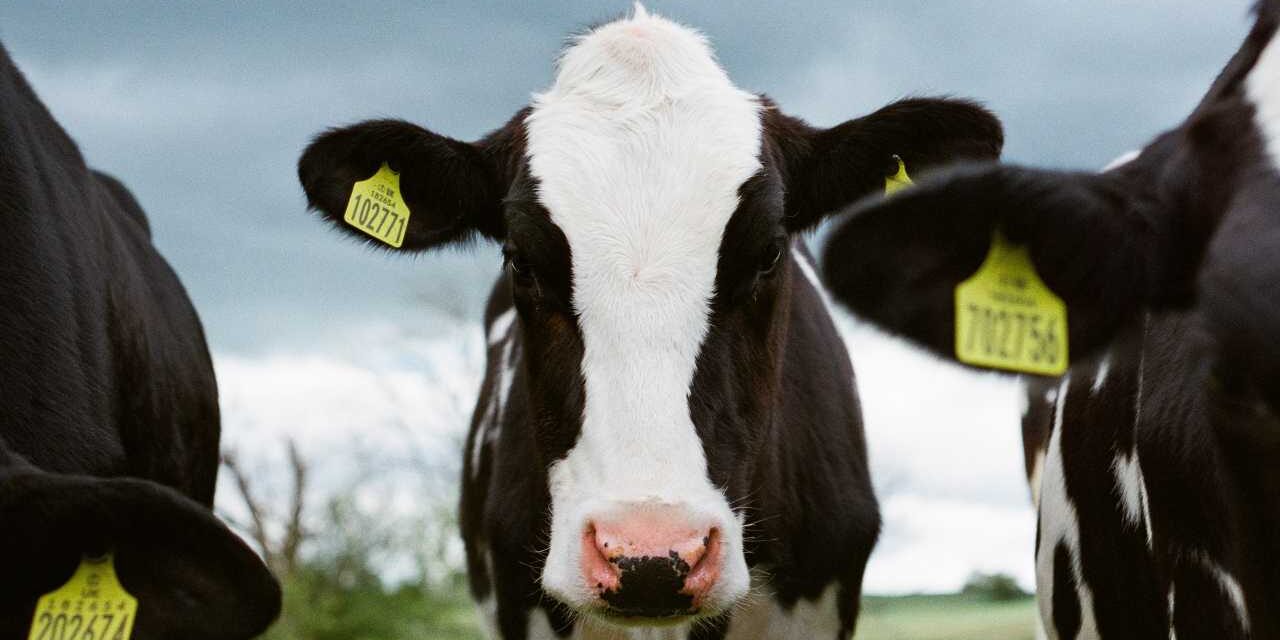

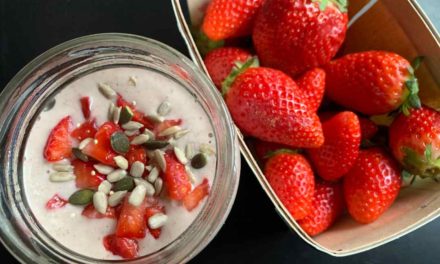
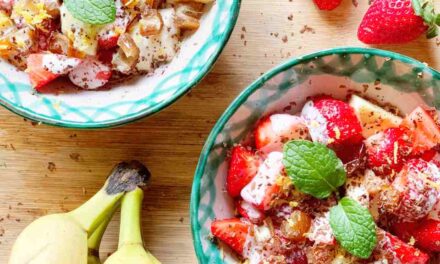
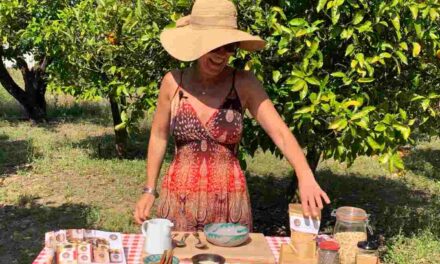
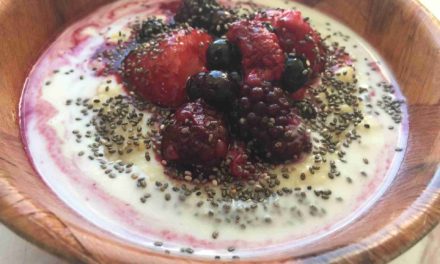






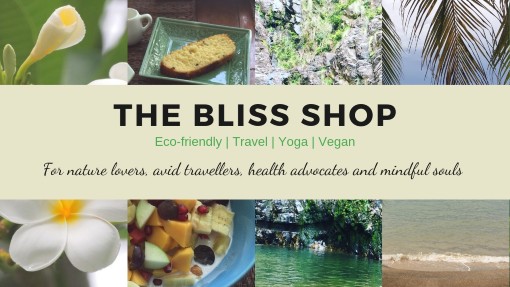


0 Comments